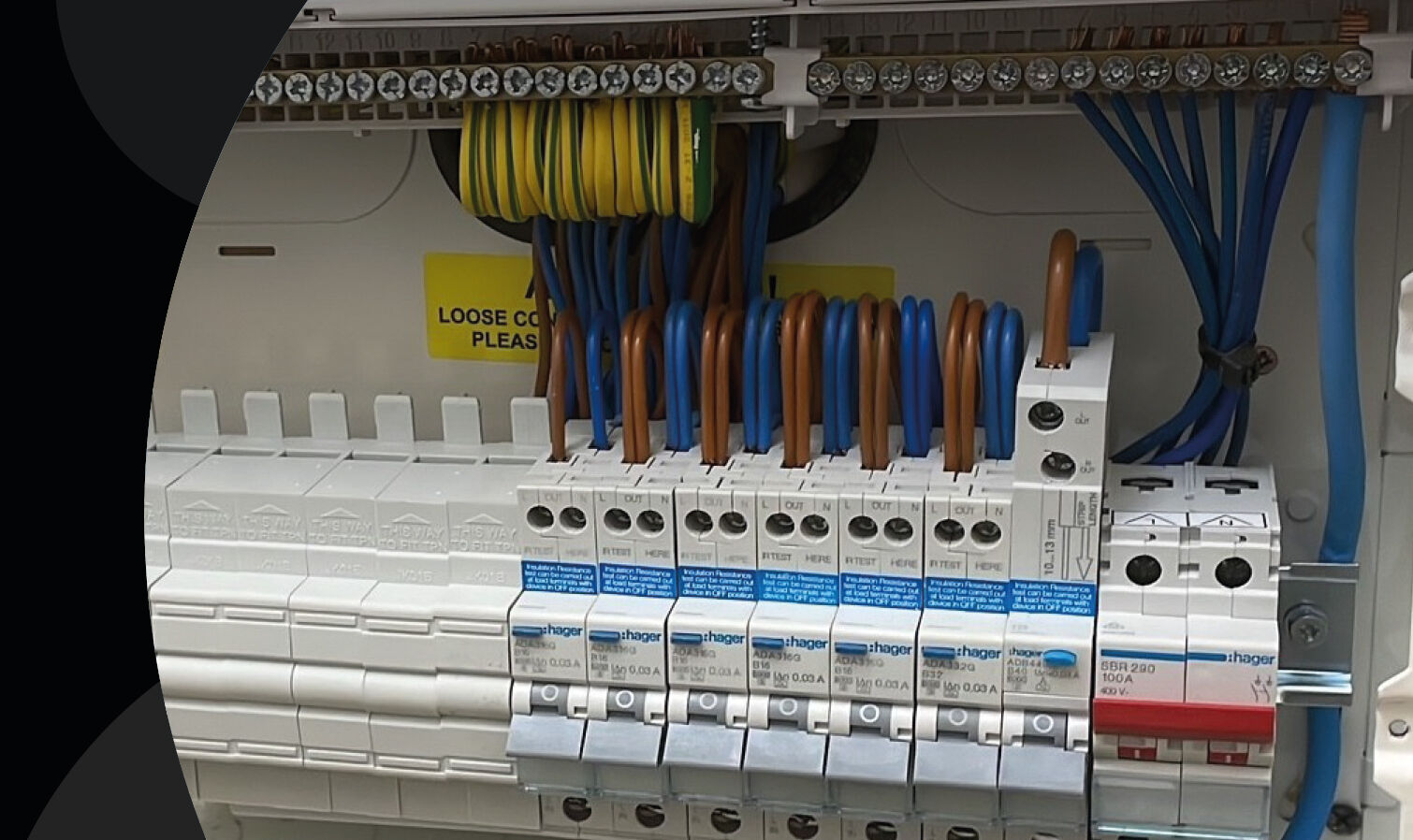EICR (Electrical Installation Conditioning Report)
The purpose of the Electric Installation Condition Report is to establish the overall condition and safety of all the electrics in the building and states whether it is satisfactory for continued use. It also details any work which may need to be done to remedy any defects found.
It involves testing of the hard wiring in a building and includes such items as main panels, distribution boards, lighting, socket outlets, air conditioning and other fixed plant. It involves performing a series of rigorous visual inspections and electrical tests on all systems in the building.
More and more insurance companies have started asking for proof of valid EICR certificates for commercial buildings before issuing certification
Fire Alarm Maintenance
To comply with current regulations the fire system should be tested weekly, six-monthly & annually basis. This recommendation is amplified for larger premises with multiple alarms and complex systems, with the suggestion increasing to quarterly fire alarm servicing.
Emergency Light Maintenance
Monthly emergency lighting tests
All emergency lighting systems must be tested monthly. The test is a short functional test in accordance with BS EN 50172 / BS 5266-8.
The period of simulated failure should be sufficient for the purpose of this test while minimizing damage to the system components, e.g. lamps. During this period, all luminaires and signs shall be checked to ensure that they are present, clean and functioning correctly
Annual emergency lighting tests
A test for the full rated duration of the emergency lights (e.g. 3 hours) must be carried out. The emergency lights must still be working at the end of this test.
The result of the monthly and annual tests must be recorded and, if failures are detected, these must be remedied as soon as possible.
PAT testing
It is not a legal requirement to do so, although may find it useful to make an inventory of all the portable appliances for which they are responsible, including details of:
- Description of each appliance - make model etc.
- Serial or reference number (e.g. the church could possess several vacuum cleaners or portable amplifiers all of the same make/model).
- Whether the appliance is stored on-site or off-site.
- Whether the appliance is Class I or Class II.
- Scheduled frequency for testing. Such an inventory would assist the person undertaking the Portable Appliance Tests and would serve as a check list to ensure all appropriate appliances have been tested (e.g. that all appliances have been located and some are not hidden away in a cupboard or temporarily taken off-site and thus miss the tests
The frequency of inspections and tests is not determined by law and so determining the frequency, is a matter of judgement by the duty holder. A table indicating the recommended frequency of user checks, visual inspections and tests is found on the HSE Website.
Thermal Imaging
By detecting anomalies often invisible to the naked eye, thermography allows corrective action to be taken before costly system failures occur. Thermal Imaging or Thermography is the process of using a special camera designed to look only for heat by way of infra-red (IR) energy waves. Potential problems can often be found due to excess heat being released by an electrical system, even those which would normally produce some heat when performing at their optimum level.
For more information on the services we offer or to arrange a free, no obligation quote, please contact the office on 01467 620831 or email admin@hosieelectrical.co.uk

